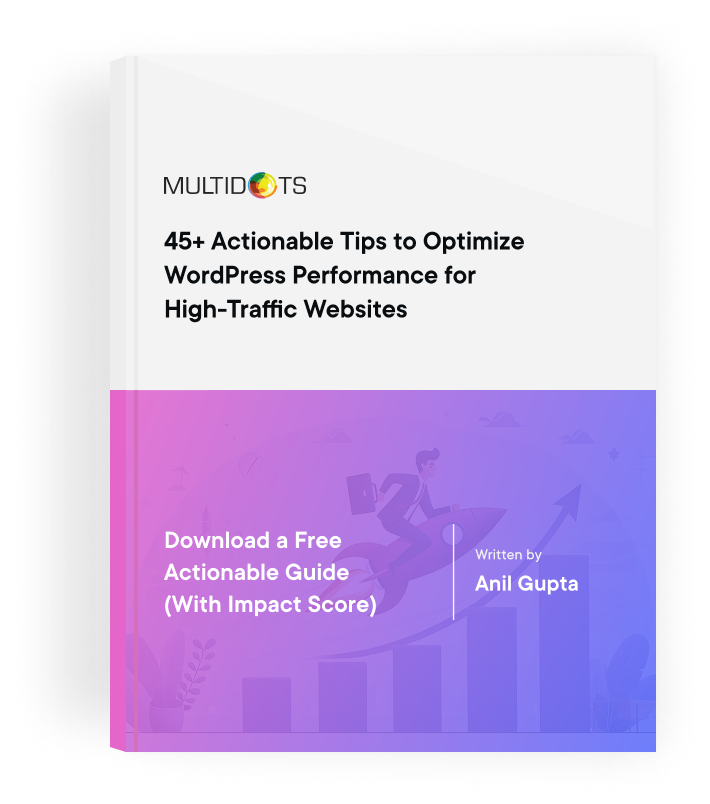WooCommerce: A Quick Overview
Get a quick overview of WooCommerce and discover its key features for building your online store

Table of Contents
With the increasing number of mobile users and online customers, the eCommerce industry has become one of the eminent platforms that have gained enough traction in recent years. There are innumerous dedicated eCommerce service providers, which can cater to all the needs of the eCommerce store owners. WooCommerce is one of the popular plugins with exciting features and simple to use interface, facilitating people around the globe to build their own eCommerce store.
WordPress is ruling the website market with a whopping share of 59.9%.
WordPress offers a WooCommerce plugin that facilitates the online store owners to showcase their products and sell them online. Let us explore how WooCommerce can be better utilized for building an eCommerce store.
What is WooCommerce?
It is a popular WordPress plugin allowing people to build an eCommerce store in WordPress. If anyone wants to transform any existing blogging website built on WordPress, he/she can do it using the WooCommerce plugin. And, it is free of cost. It has a variety of free and pro extensions that can be used depending on the respective requirements of various users. One can add or remove extensions as and when required.
Initially, it was launched by WooThemes and was maintained by them. However, the Automattic (parent company of WordPress) acquired WooThemes bringing WooCommerce under the same umbrella. With this, the users don’t have to bother about security updates, bug fixes and compatibility issues with the latest WordPress versions.
WooCommerce has gained popularity with the ever-growing demand for online stores. This popularity can be very well gauged with the number of themes that offer customized WooCommerce shop and checkout page templates. This will help the users to build an eCommerce store in a very short time.
Let us walk you through how you can get started with WooCommerce.
Installing WooCommerce
Once you are done with the installation of WordPress, find the WooCommerce plugin in Add New Plugins page and install it. As soon as you activate the plugin, two new menus with several submenus will appear on the WordPress admin panel.
If you are installing WooCommerce for the first time, then a setup wizard will appear. It is better to install it using the setup wizard as it allows you to fill in different details of your business like shipping, the currency for operations, payments, other conditions, etc. by asking you various questions.
The default payment gateway that comes along with WooCommerce is PayPal, but there is an option of choosing any other payment gateway according to the respective budget and requirements. The popularity of WooCommerce has led to the development of various payment gateway plugins allowing easy integration with WooCommerce, thereby, facilitating the eCommerce store owners.
The setup wizard will also allow you to set Shop pages, Profile, Checkout pages, etc. WooCommerce creates these pages automatically for the website, but one can even select other pages for the same purpose.
Customizing WooCommerce
WooCommerce is added as the first menu entry in the WordPress admin panel. Adding coupons for discounts and promotions, customizing payment gateways and other settings related to WooCommerce store like geotargeting. WooCommerce extension configuration, etc. can be done in an easy manner.
For new users, this might be a tedious thing to do. But running an eCommerce store itself requires a great deal of control and understanding. WooCommerce allows one to customize several different aspects of the online store.
Most of the options on the WooCommerce plugin are self-explanatory, where the General tab facilitates the users with the store-specific options and Products tab allows easy customization of the inventory & stock, measurement units, etc. Also, there is an option of taking care of the downloadable products, for instance, ebooks.
The Shipping page facilitates the online store owners to set shipping rules, conditions, and refund policies. Further, the option of email allows you to customize your emails by adding a logo, personal details of the buyers and send them, in order to get better engagement of the customers.
After all the initial setup, one can start adding the details of the product to the WooCommerce.
How to Add Products to WooCommerce?
It is very simple to add products to the WooCommerce store. Products in WooCommerce is like post types, having their own attribute and other variables.
In the WordPress admin panel, under Products tab select Add new. The Products post is similar to adding a blog post with the options of making categories, tags and feature images.
Here, the main thing to consider is the Product Data Section where data goes directly to the data table and stored in the database, which is then displayed in the product description.
There are various other options available in the Products Tab such as clubbing multiple products together in order to make them available as a bundle or specify the product as a virtual or downloadable item, add custom shipping rules and many more such things.
Other Features Offered
After doing the setup at the backend, one would also like to have a marvelous looking website. For that reason, there are a lot of amazing WordPress themes available that offer WooCommerce functionality. You can install anyone to build your fantastic looking WooCommerce site.
Using Extensions with WooCommerce
The popularity of WooCommerce has grown so much that it has its own wide range of extensions. These can be considered similar to WordPress plugins. These extensions are used to extend the features of WooCommerce and can be installed or deleted according to the need. Therefore, it is highly recommended to install a WooCommerce extension from a highly trustworthy resource(s).
You can easily install WooCommerce extensions from the WooCommerce website itself, which offers several wonderful extensions. If you are looking for something cost-effective, then you can check out Creative Market or Theme Forest.
Conclusion
We have given a brief about how easily one can set up an eCommerce store even if the website is on WordPress. For most of the users, WordPress seems quite easy and is an ideal pick. Therefore, building your eCommerce store using WordPress could be a good choice, even if your site is a simple blogging one. Multidots provides services in building WooCommerce websites for our valuable customers. If you have any queries or would like to share your thoughts, comment below.
References
Contact us today to craft your perfect WooCommerce solution.
contact us
